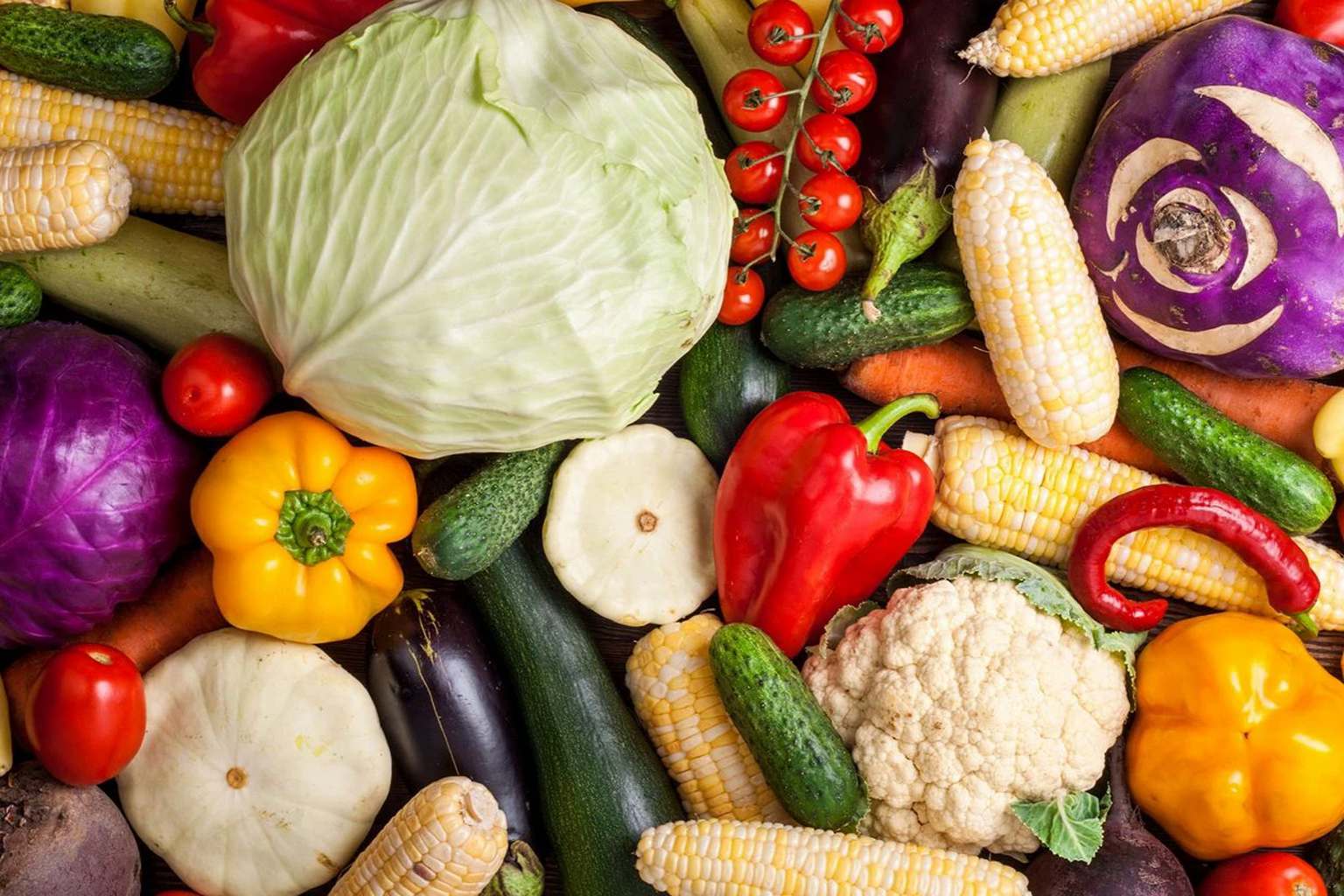We all want to eat fresh, healthy fruits and vegetables, but just rinsing them under water might not be enough to remove harmful pesticides. That thin layer of water often gives a false sense of security, while those chemicals can linger stubbornly. Let’s dive into why pesticides matter, which foods are most exposed, and some easy ways to clean your produce better.
Why removing pesticides from fruits and vegetables is so important
The term pesticides covers a variety of agricultural chemicals designed to protect crops from insects, fungi, and unwanted plants. They include insecticides that kill bugs, fungicides that target molds, and herbicides that suppress weeds competing with crops. While these products help keep our foods looking fresh and appealing longer, many carry serious risks for human health.
Exposure to the most common and controversial pesticide, glyphosate, has been linked to increased cancer risk, skin irritation, allergic reactions, nausea, coughing, and breathing problems. These chemicals don’t just disappear immediately after washing, which makes it critical to find effective removal methods. It’s a tough but necessary step for anyone wanting to protect themselves and their families.
Fruits and vegetables with the highest pesticide residues
If you’re wondering which fruits and vegetables you should be most cautious about, the Environmental Working Group’s latest Shopper’s Guide gives some clear answers. Their list from 2023 highlights produce that tends to carry the most pesticide residues:
1. Strawberries
2. Spinach
3. Kale, mustard greens, collard greens
4. Peaches
5. Pears
6. Nectarines
7. Apples
8. Grapes
9. Hot peppers
10. Cherries
11. Blueberries
12. Green beans
On the flip side, low-pesticide foods include avocados, pineapples, onions, asparagus, mushrooms, and carrots. Of course, buying organic produce can help avoid pesticides altogether, though it often comes with a higher price tag.
I remember a time when I grabbed a few strawberries from the regular section thinking a quick rinse would suffice. Later, reading about their high pesticide levels made me reconsider. I now always opt for organic berries or wash them extra carefully before eating.
Effective methods to wash away pesticide residues
Simply running your fruits and veggies under water won’t cut it. The best way to tackle pesticides is to soak your produce in a cleaning solution. You can prepare a mix of about 90% cold water to 10% white vinegar or lemon juice. For about 2 quarts of water, that means adding roughly 6.7 ounces (or about a cup) of vinegar or lemon juice.
Let your produce soak for around 30 minutes. If you prefer, you can combine other natural ingredients like baking soda or coarse salt at two tablespoons per quart of water for even deeper cleansing.
For vegetables with thicker skins like potatoes or cucumbers, it helps to scrub them gently after soaking, using a vegetable brush or even a clean toothbrush. Then, dry everything thoroughly with a clean towel.
If you’re in a hurry and just want to eat an apple, try rubbing it with a pinch of baking soda and rinsing with cold water before biting in. This simple trick has made a huge difference in how clean my snacks feel.
Some fruits with delicate skins, such as blueberries and strawberries, can’t easily be scrubbed without damage. Because these fruits also rank among the highest in pesticide residues, purchasing them organic or growing your own might be the safest bet.
There’s no perfect fix yet, but these home methods significantly lower your intake of harmful chemicals.
Have you tried any of these cleaning tricks before? Do you find yourself leaning toward organic choices for certain fruits or veggies? Share your experiences and tips below! It’s through these everyday steps that we can all take better care of our health while enjoying the bounty of fresh produce.
